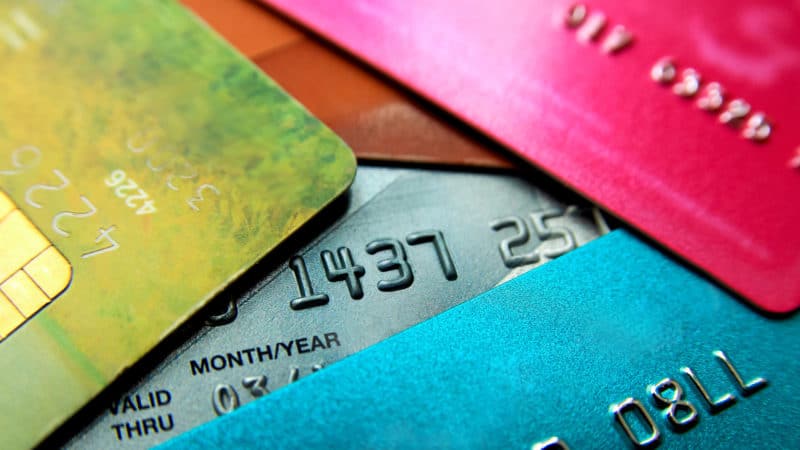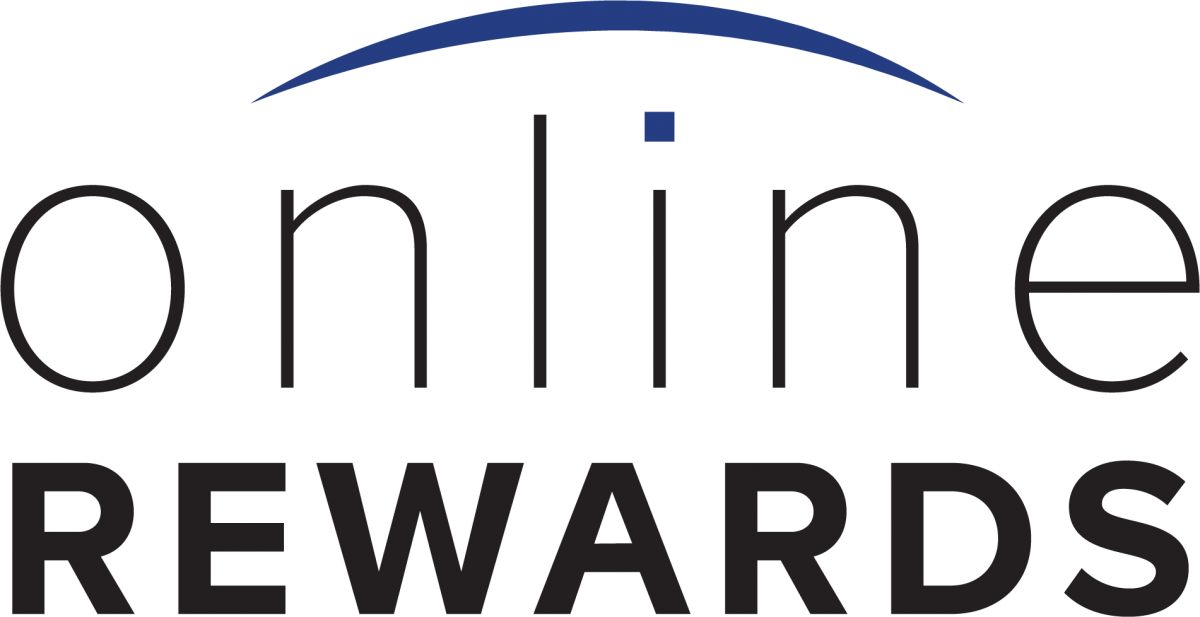Will Your Customer Loyalty Program Survive After the Pandemic?

Virtually every industry has been affected by the COVID-19 pandemic. The reduction in marketplace expansion opportunities should allow businesses to now focus on retaining their current customer base. Ideally, these efforts must also be accompanied by value engineering.
Although, more than 90% of companies offer some sort of loyalty program to their customers, not all of them are created equally. In exploring the different types of customer loyalty programs and understanding their benefits, we will give you some insights on how to customize your program and make it stand out in a crowd of all other industry programs.
Why are customer loyalty programs more important for a business to survive?
According to Marketing Metrics, you need to invest far more to acquire new customers than retain old customers. The success rate for converting an existing customer is 60-70% compared to just 5-20% for the new customers.
When done well, programs that offer relevant rewards and incentives to customers play a vital role in encouraging loyalty and building strong relationships with the business.
Types of Loyalty Programs
Companies typically use rewards and incentive programs that fall into three generalized categories: customer loyalty programs, tiered discount programs, and referral programs.
1. Customer loyalty programs
These programs are launched to retain profitable customers who dedicate their time and money to a brand, product, or service. Customers purchase more products or services when they know a company will reward them for their brand commitment.
Loyal customers should be rewarded with special treatment, not available to occasional customers. Customers who sign up for brand loyalty programs should get free samples, gift cards, catalog points, or other types of rewards.
Typical features:
- A customer loyalty program is based on collecting points. The customer makes purchases and earns reward points, which they can exchange for a gift of their choice.
- The members of the loyalty program get various gift cards and rewards from a pre-decided pool of goods.
- In most cases, the reward achieved is more valuable than a discount.
- Good loyalty programs typically feature both tangible and intangible rewards. Intangible rewards offer additional emotional benefits that strengthen the relationship between customers and the business.
2. Tiered loyalty programs
A tiered loyalty program implies dividing your customer base into a certain number of “tiers” depending on their rank. Ranks are typically assigned according to the amounts of spending and frequency of purchases. Consumers get access to different sets of rewards or benefits at each tier, which increase in value as the customer remains loyal over time.
Typical features:
- Customers get points or discounts that can be redeemed instantly. Points can be used to earn free goods or products.
- Many of these programs rely on gamification to increase consumer engagement.
- Rewards and discounts offered at each tier may have an expiration date or not.
3. Referral programs
A referral program is based on building customer loyalty within an already established customer base. Businesses use these referrals to promote their goods and services to new customers.
This type of loyalty program turns your best and most profitable customers into advocates for your business. A referral program uses the current customer base for marketing products and services to new customers.
Typical features:
- Referral programs are based on the concept of using existing loyal customers to convert new ones.
- In most cases, these programs are advertised through an email marketing campaign . The current customers click a link or are asked to forward an email to refer the business to a friend.
- The current customer gets a reward for making the referral to their friends.
Pitfalls of Discount Pricing Strategies
Simple discounts cannot provide a sustainable, competitive advantage to the vast majority of businesses in the long run. Statistics show that 69% of consumers prefer retailers that provide an opportunity to earn customer loyalty or rewards program points.
Listed below are some of the pitfalls of simple discounts:
- Simple discounts might devalue the brand image.
- Customers start comparing your prices with other prominent brands as a result of a price war.
- Simple discounts lower the profit margins of the business.
The Benefits of Point-Based Rewards Programs
The top 3 reasons customers participate in loyalty programs include saving money, receiving rewards, and earning rewards. The principal advantage of a point-based program is the flexibility, which allows companies to be fully consistent with their customers’ priorities. This is particularly important during the COVID-19 pandemic when the individual’s circumstances might change frequently.
By integrating point-based rewards programs in their marketing strategy, businesses can achieve the following goals:
- They decrease the importance of price competition.
- These programs help retain its regular customers.
- They boost a customer’s lifetime value.
- They help build personalized relationships with their customers.
- These programs turn loyal customers into brand advocates.
Points as an Investment in Future Relationships
Almost 66% of the consumers are willing to change their buying behavior to earn loyalty benefits.
Moving away from discounts in favor of point-based rewards might be more beneficial for the business, especially in a crisis period. Instead of just giving away discounts without a guarantee that the customer will return, loyalty points create a sense of investment and offer more flexibility, which will convince individuals to make repetitive purchases.
You can increase customer engagement, strengthen relationships, and even get more publicity by offering additional points for activities like reviews or sharing on social media.
Listed below are the options you can offer to your customers for redeeming their reward points.
Coupon Vouchers
One way to allow your customers to redeem loyalty points is to generate coupon vouchers. You can create a scale for the earned points, with each stage on the scale having a specific reward.
Discounts
You can offer your customers to redeem loyalty points for additional discounts on their purchases. This can be achieved by adding an option to your cart page where customers can use loyalty points to earn discounts in exchange.
Gift cards
You can let your customers redeem their earned points and convert them to a gift card. The recipient will then shop from your brand to cash the gift card. You can promote your business through your existing customers and get more people to try your products and services. You can also make this option more exclusive by designing digital gift cards with personalized messages.
Zero payment purchases
Customers can redeem points by purchasing products worth the available points. This method could be of great help in driving sales if implemented the correct way. Customers are more likely to buy from the business when they know that they will earn points on every purchase they make.
Free Shipping
You can set a certain amount up to which the customer has to shop and earn loyalty points. They can redeem these points on their online purchases and get free shipping on their purchased goods.
Charity for Organizations That Help Combat COVID-19 Consequences
After the COVID-19 hit the world, more people are starting to contribute to a charitable cause than ever before. Various businesses have already adopted this approach.
Conclusion
To create great loyalty programs, you need to understand both the short-term and long-term trends and have the effective tools that help your business adapt to the ever-changing market..
At Online Rewards, we create exceptional loyalty programs that go beyond points. Our programs will help with the sustainable growth of your business. To build long-lasting relationships, you need to identify your loyal customers and work towards retaining them. If you wish to effectively retain your customers’ loyalty and turn them into potential brand advocates, feel free to check out our website for more details.
FAQs
Why do loyalty programs work?
Loyalty programs work because they motivate your customers to buy more. They show your customers that you care about them, which in return makes them feel valued. Loyalty programs also help the business gain customer insights – making it easier for the business to reward its customers.
What makes a good loyalty program?
A good loyalty program rewards and engages its customers on every level, especially when they least expect it. It creates a memorable customer experience and positively reinforces customer loyalty. One of the best examples of a good loyalty program is a program that rewards a customer on their birthday. Personalizing customer relationships encourages profitable customers to turn into loyal customers.
POSTED
SHARE
SUBSCRIBE TO OUR NEWSLETTER
Online Rewards is a highly versatile and powerful incentive and loyalty marketing solutions provider. Since its formation in 2002, Online Rewards has designed, developed, and supported global rewards and incentives programs across a variety of industries and applications.
For more information, visit www.online-rewards.com
TALK WITH AN ONLINE REWARDS EXPERT
Interested in seeing how Online Rewards can help take your customer loyalty and reward fulfillment to the next level? Complete the form to schedule a tour with an expert for a quick and comprehensive overview of our platform.




